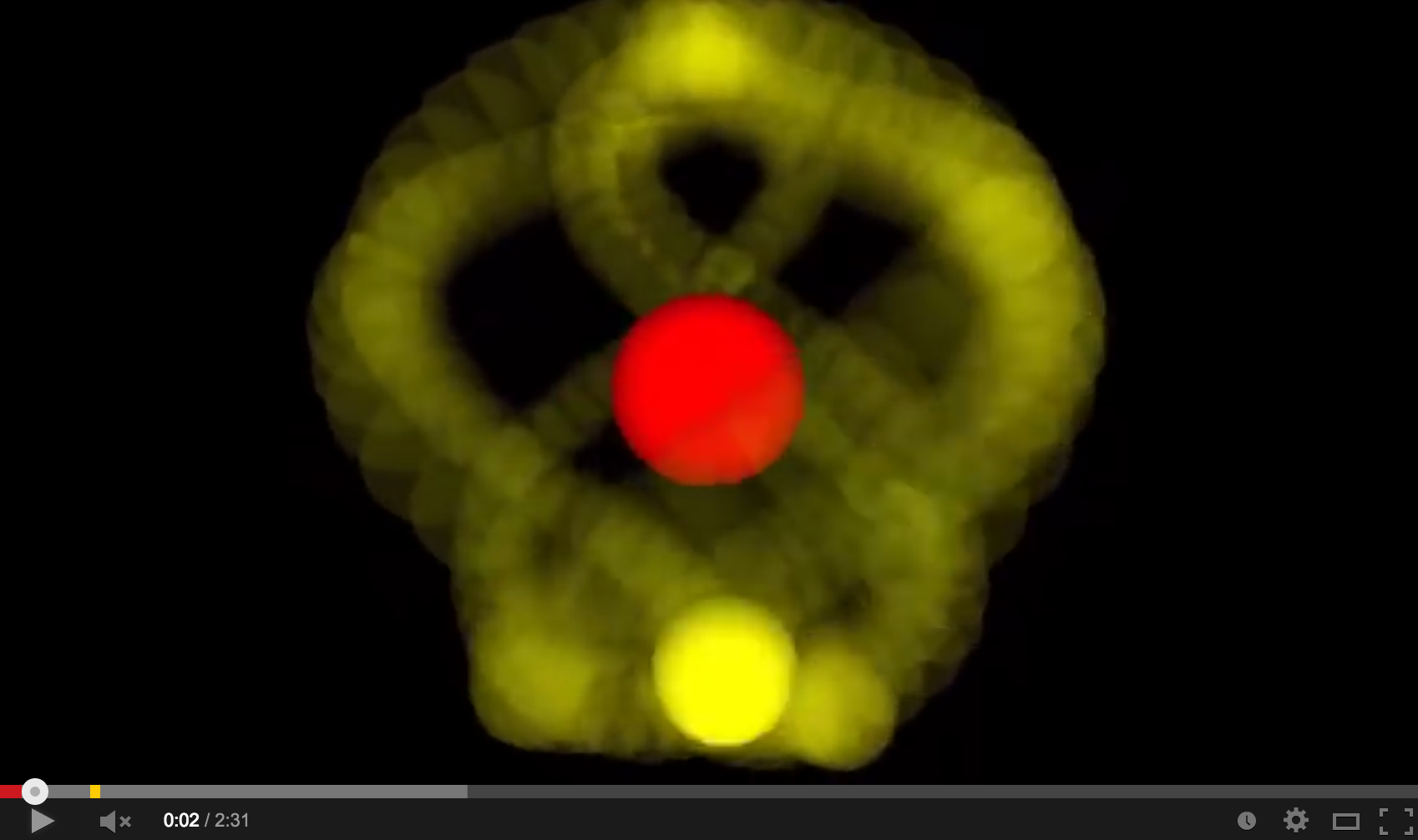Neither. Electrons in "orbitals" are not moving (I don't like the term "orbital". I leave it to chemists. I prefer "wave function". More exactly, wave function of a stationary state. This means that nothing changes in time.)
It isn't even correct to identify a wave function with a "probability amplitude", i.e. as giving probability density with its modulus squared. It is true, but it isn't all. A wave function allows you to compute the mean value of any observable you want, e.g. angular momentum. As @JerrySchirmer notes, an electron in a stationary state may well have a definite (non-zero) angular momentum (not necessarily, however).
The electron does not have a definite position, neither can you say it is moving ... and so on. If all this sounds paradoxical, welcome to quantum mechanics. One point is never too much emphasized: you cannot understand QM concepts by reducing them to classical world. Entirely new ideas are at work there, and current language has no hope to express them, not even approximately.
Feynman speaks about this in several pages of QED. Just one quotation:
"The theory of quantum electrodynamics describes Nature as absurd from the point of view of common sense. And it agrees fully with experiment. So I hope you can accept Nature as She is - absurd."
Just a little comment to these words. Nature is not only absurd for common sense. It is so for a classical physicist too, when it comes to the phenomena we began to encounter a century ago or little more. Moreover, I am less optimist than Feynman was in that conference. I don't believe Feynman's listeners will have accepted something. More likely, they will have left the conference room thinking "I can't believe it, but if a great man like Feynman says it's so, I'll bow my head, respectful."
I also visited the link given by @ImmortalPlayer. I'm sorry but I think those answers too miss the point. There's nothing wrong, but in my opinion the real difficulty is not addressed - just touched. He who wants to approach QM must accept that an entirely new way of thinking of physical phenomena and theories is needed - a new paradigm, to use a word coined by Thomas Kuhn. It's not impossible, and the first steps can also be taken before immersing oneself into advanced physics study. But the right attitude is essential: not to demand that the new physical world be understandable remaining within old thinking habits.

